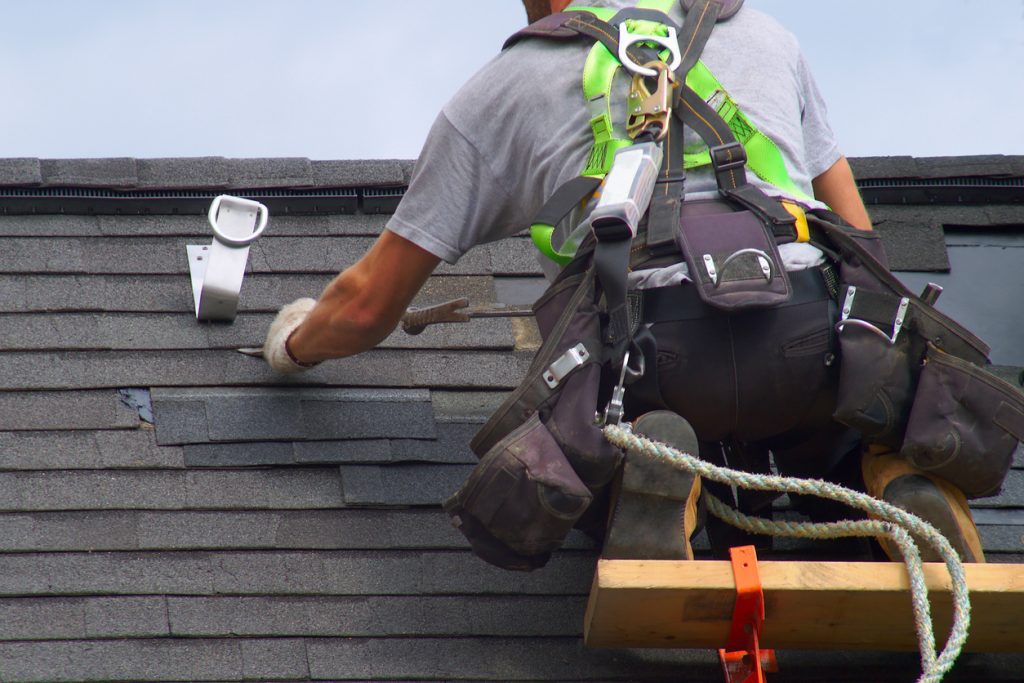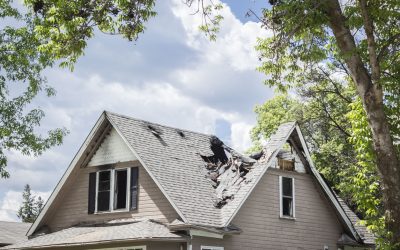What Does Hail Damage Look Like on a Roof?
After a hailstorm, it can be hard to know whether your roof took a hit or made it through unscathed. While some damage is obvious—like dented gutters or cracked shingles—other signs are subtle and easy to overlook. So, what does hail damage look like on a roof? Recognizing the warning signs early can protect your home and maximize your insurance claim. This blog walks you through how to identify hail damage, what types are most common, and when to involve a hail damage insurance adjuster to support your case.
How Hail Affects Roofing Materials
Hail doesn’t just bounce off your roof and disappear—it can cause serious structural damage depending on the hailstone size, wind speed, roofing material, and roof age. Some damage is cosmetic, while others can lead to leaks and long-term deterioration if left untreated.
Common materials affected by hail:
- Asphalt shingles: bruising, granule loss, cracks
- Wood shakes: splits, dents, discoloration
- Metal roofing: impact dents, exposed underlayment
- Clay tiles: cracks, chipping
Each material reacts differently, but all types can suffer severe consequences over time, including reduced lifespan and hidden water penetration.
What Does Hail Damage Look Like on a Roof?
Hail damage isn’t always easy to spot from the ground, but a close inspection reveals several clear indicators. Below are the most recognizable signs, especially after a major Texas or Florida hailstorm.
Top signs of hail damage:
- Random, scattered damage patterns
Hail rarely hits in uniform spots. Damage is usually spread across various roof sections and in no predictable order. - Bruised or soft shingles
If you press gently on an asphalt shingle and it feels spongy or soft, it may be bruised beneath the surface. - Granule loss and exposed black substrate
Hail impacts often knock granules off asphalt shingles, revealing the dark, waterproof underlayer. - Circular impact marks or dents
These are most visible on metal components like flashing, vents, or gutters. The size and depth vary with hail size. - Cracked or broken shingles
Hailstones that hit edges can cause clean splits, especially on older or brittle roofs. - Soft spots on flat roofs
On flat or low-slope roofs, damage may appear as soft, indented areas or bubbling under the surface.
Example: A homeowner in Dallas noticed black splotches on his shingles but assumed it was dirt. A closer inspection revealed those were hail impact marks with granule loss—a key claim-worthy issue.
When to Contact a Hail Damage Insurance Adjuster
If you notice any of the signs above, it’s time to act. A hail damage insurance adjuster helps you verify the damage, file a claim, and negotiate for a fair payout.
Why involve an adjuster early?
- They inspect hard-to-see roof sections
- They help document damage before repairs
- They advocate for you during insurer negotiations
- They ensure small but critical damage isn’t missed
Even if you’re unsure, scheduling an evaluation helps confirm whether the damage is minor or claim-worthy.
Reference: National Weather Service – Hail Reporting Guidelines
Tips for Homeowners After a Hailstorm
If your area just experienced a hail event, here’s what to do next:
- Inspect your property safely – Check your yard, siding, windows, and any visible roofing from the ground.
- Photograph all damage – Take time-stamped images of dents, granule loss, or broken components.
- Keep all receipts – Temporary tarp expenses or emergency fixes may be reimbursable.
- Contact a public adjuster or roofer – They can offer a free inspection before involving your insurer.
- Report damage quickly – Most policies have short windows for hail claim reporting.
Helpful Resource: Texas Department of Insurance – Roof Damage Tips
FAQ: What Does Hail Damage Look Like on a Roof?
What are the most common signs of hail damage on asphalt shingles?
Answer: Look for bruises, circular dents, granule loss, and spongy-feeling shingles. You might also see exposed black substrate in spots where hail knocked off granules.
Can hail damage be invisible?
Answer: Yes. Some hail damage weakens the shingle’s structure without visible signs. Over time, these areas can lead to leaks and should be assessed by an expert.
How big does hail have to be to damage a roof?
Answer: Even hail as small as 1 inch (quarter-sized) can cause damage, especially if driven by high winds or falling on an aging roof.
Should I file a claim for minor hail damage?
Answer: If in doubt, consult a hail damage insurance adjuster. Even small damage can reduce roof lifespan, and early claims are better than waiting too long.
How long do I have to file a hail damage claim?
Answer: Most insurers require claims to be filed within 30 to 60 days, but this varies by policy and state. Review your policy or contact your insurer.
Will my insurance cover a roof replacement due to hail?
Answer: If damage is verified and your policy includes wind/hail coverage, insurance typically covers repair or full replacement, minus the deductible.
Final Thoughts
If you’ve ever asked, “what does hail damage look like on a roof?”, now you know—it’s not always as obvious as you think. Identifying damage early and contacting a qualified hail damage insurance adjuster can protect your home from costly repairs and strengthen your claim. Hail damage left unaddressed can turn minor issues into structural failures, so don’t take chances after a storm.
Need Help With Insurance or Storm Damage Claims?
Protect your home and claim rights with professional help. Visit Flood Insurance in Florida for expert support, policy reviews, and damage evaluation. Whether you’ve faced hail, flooding, or water intrusion, the team at Flood Insurance in Florida is ready to guide you through the claims process.



